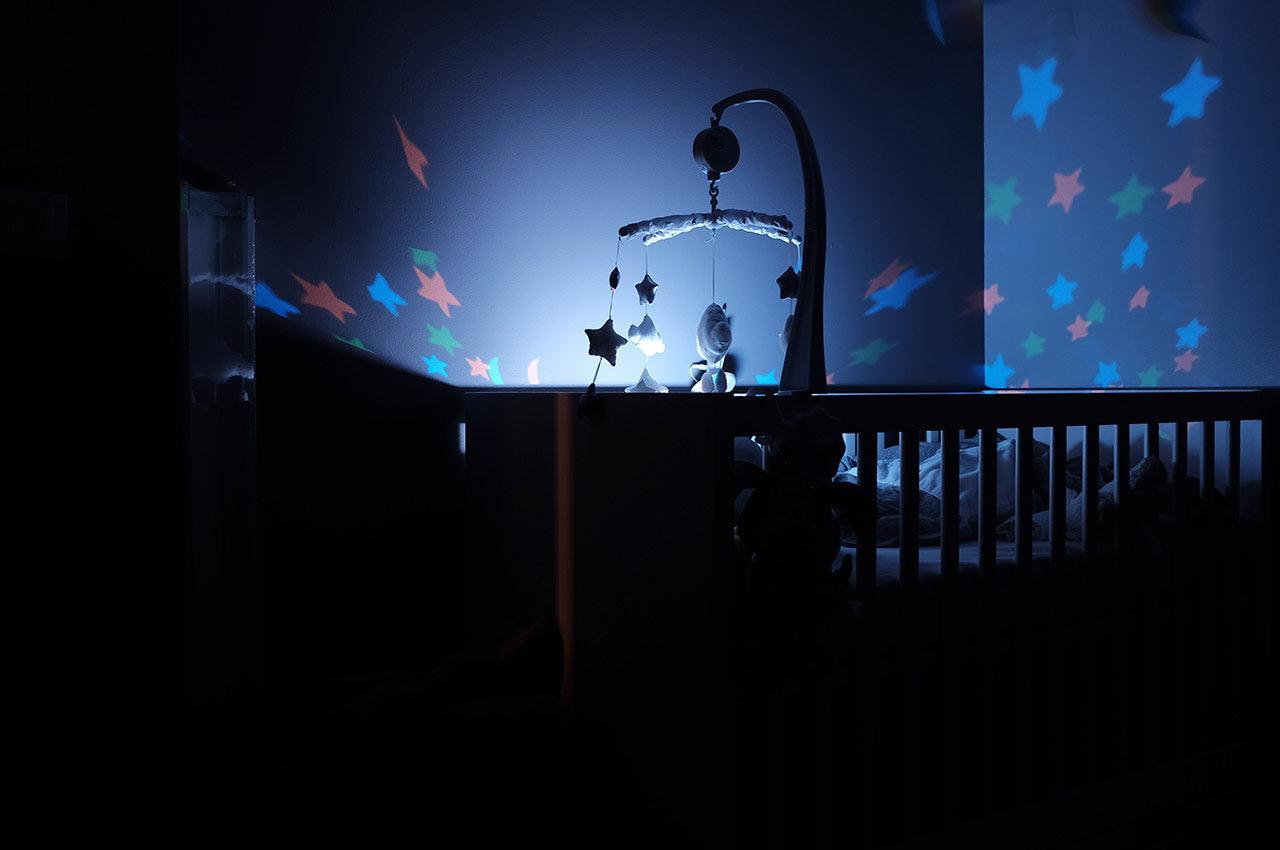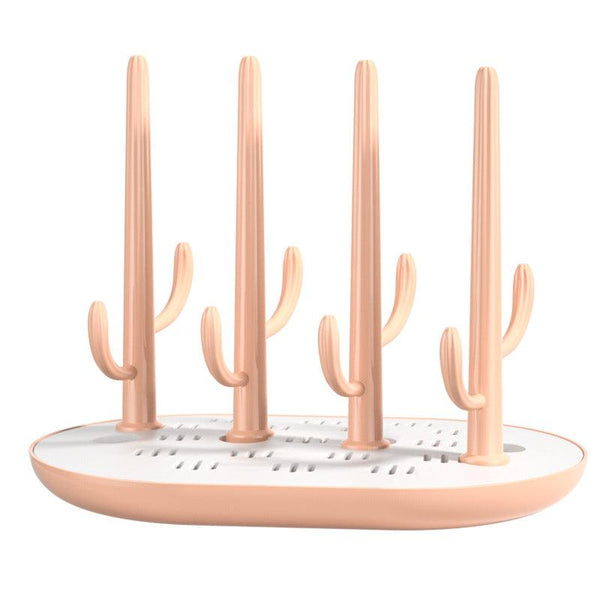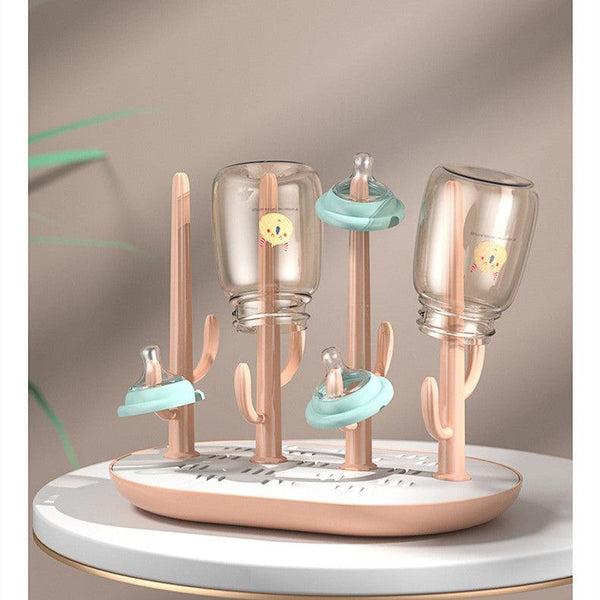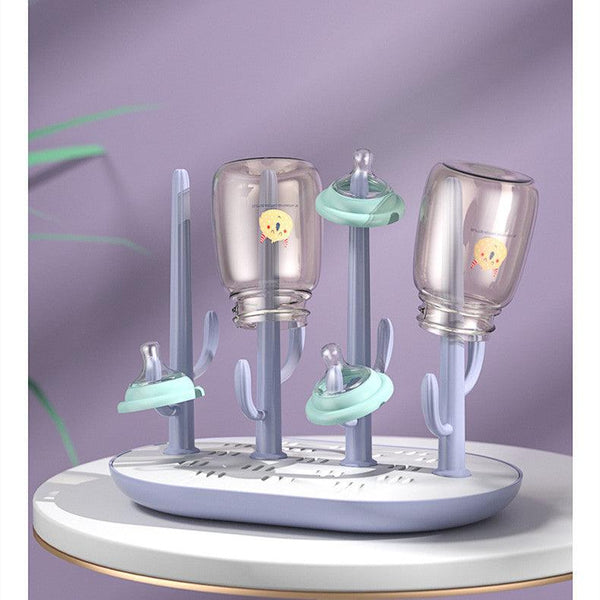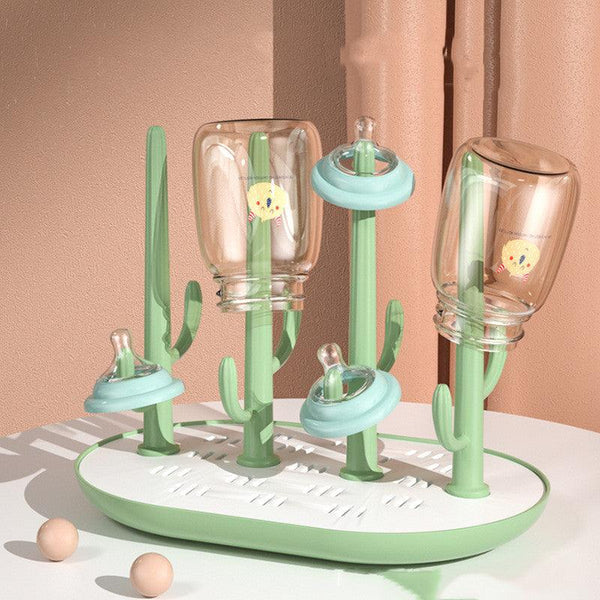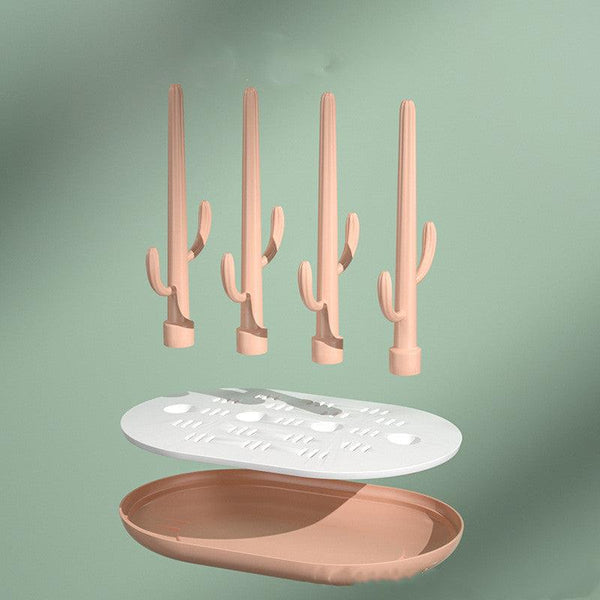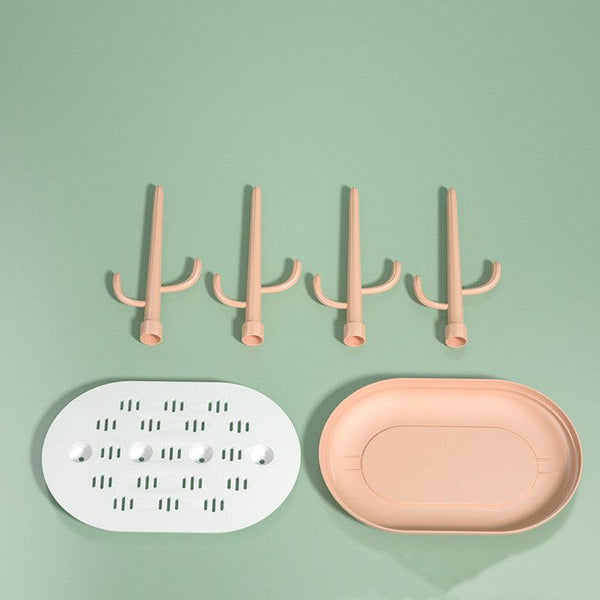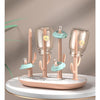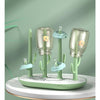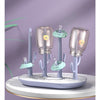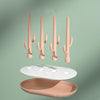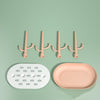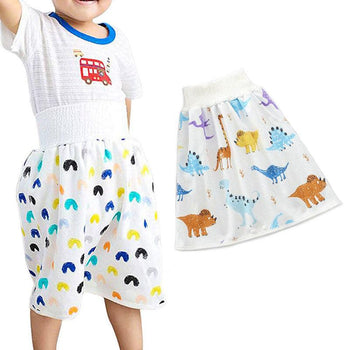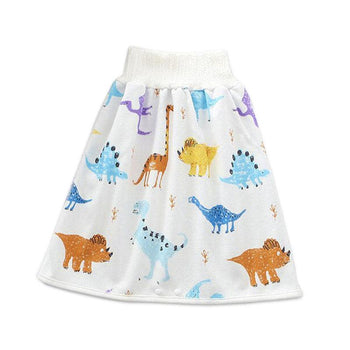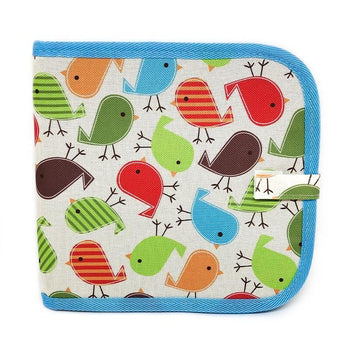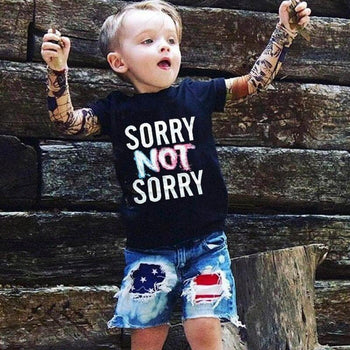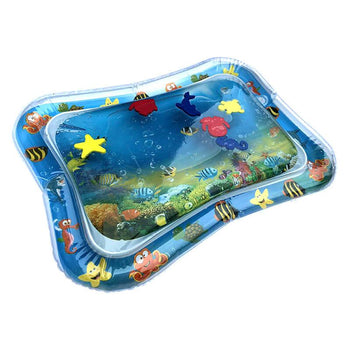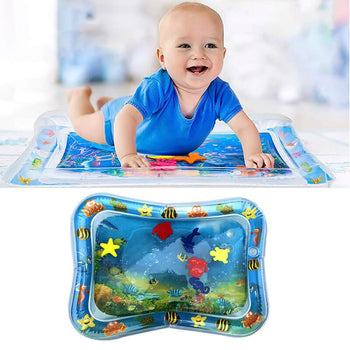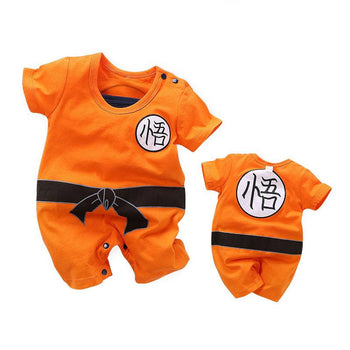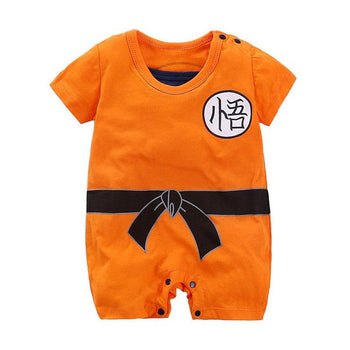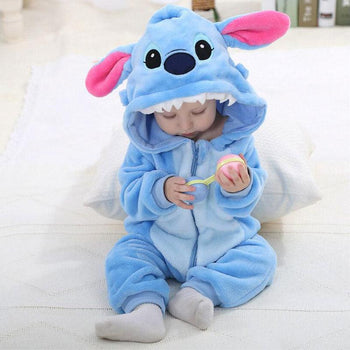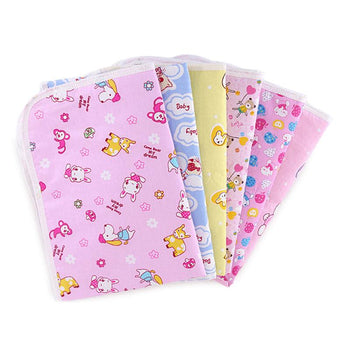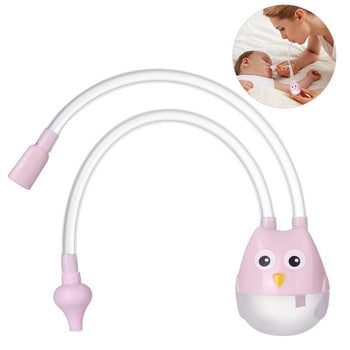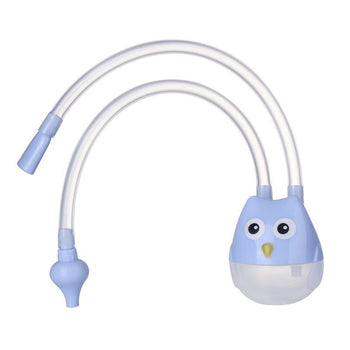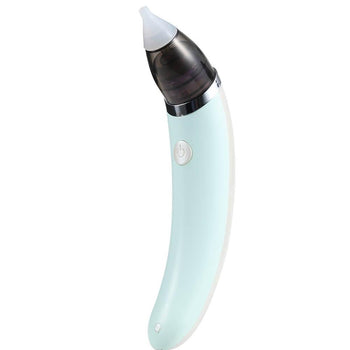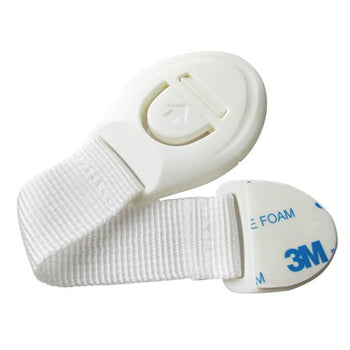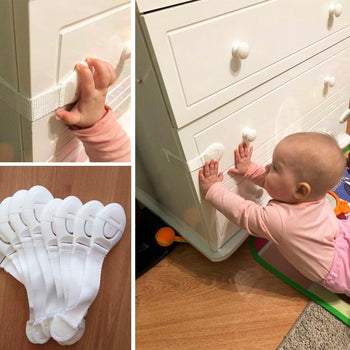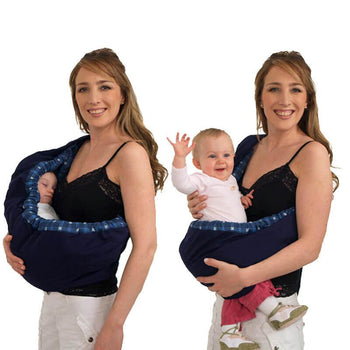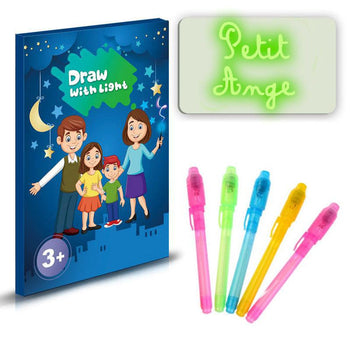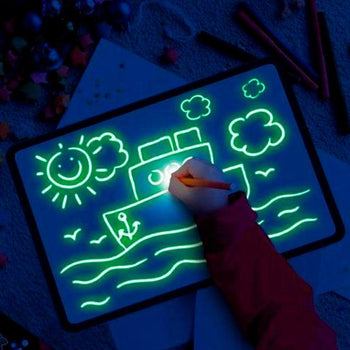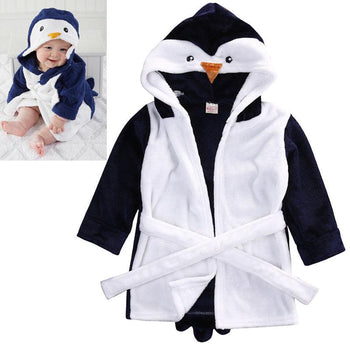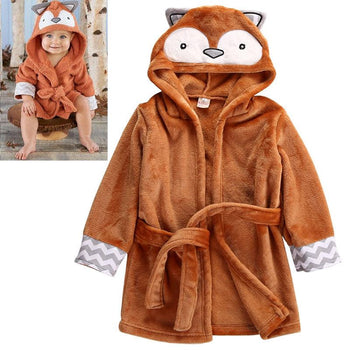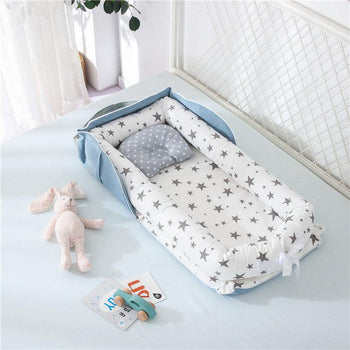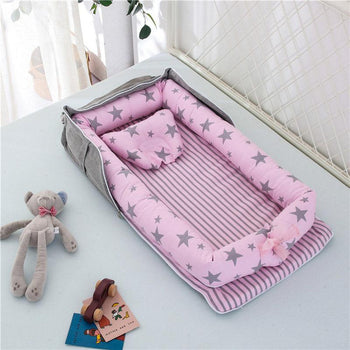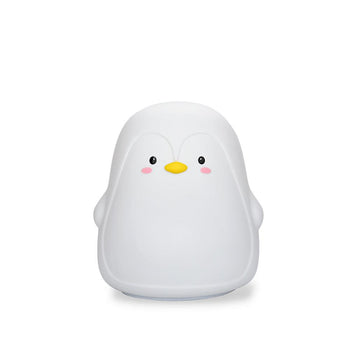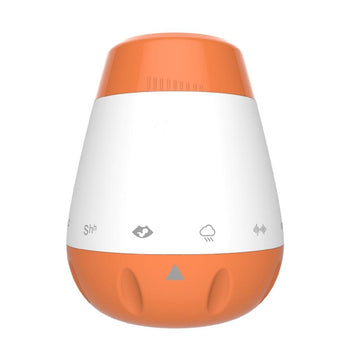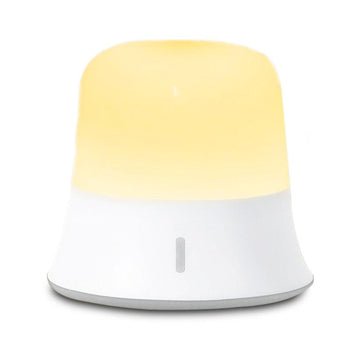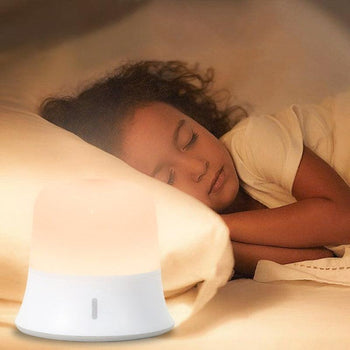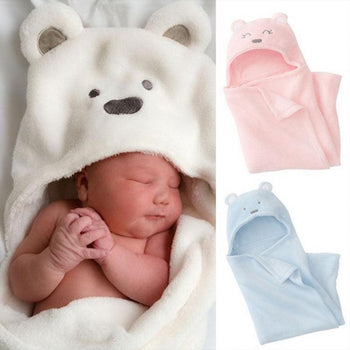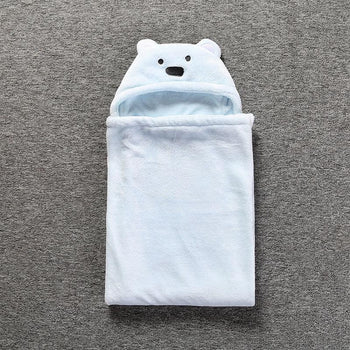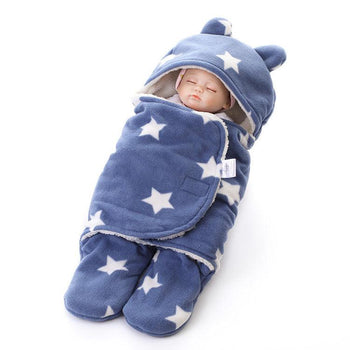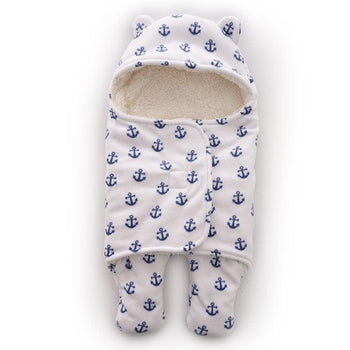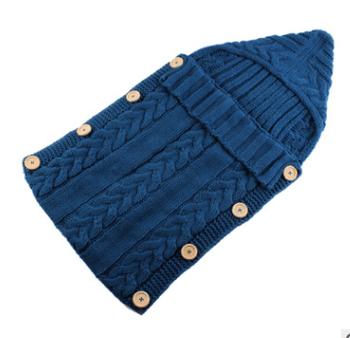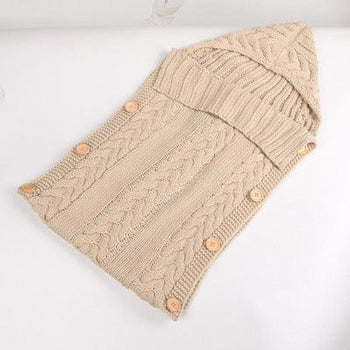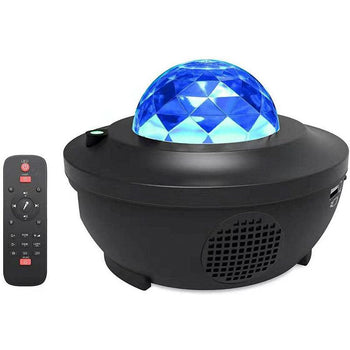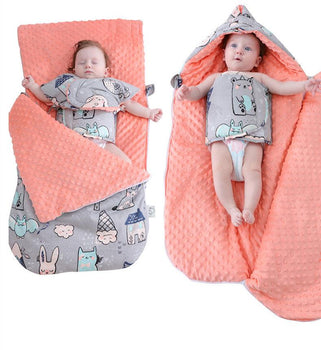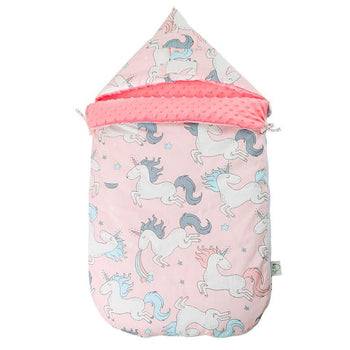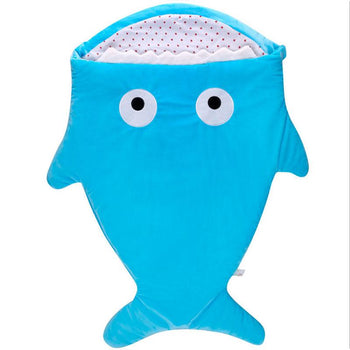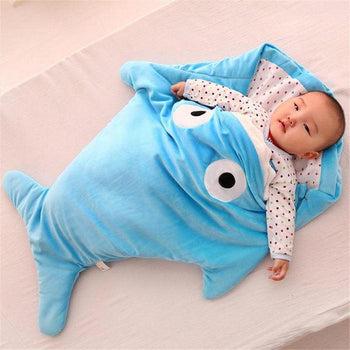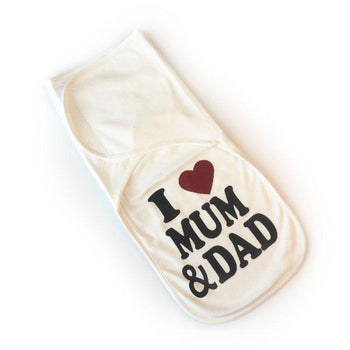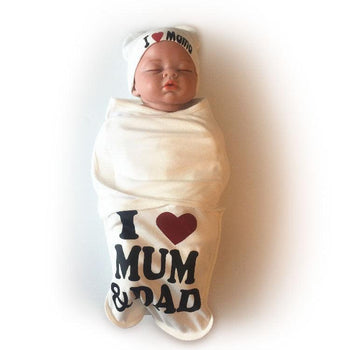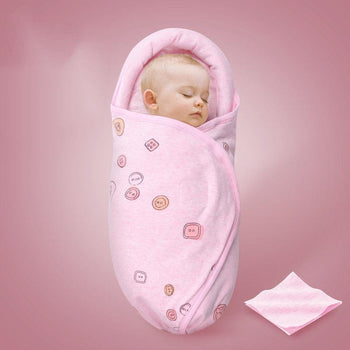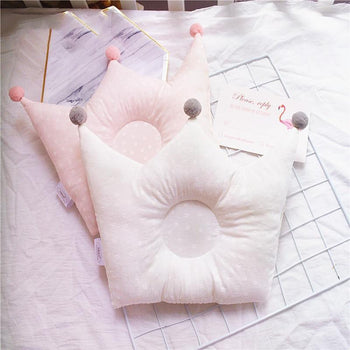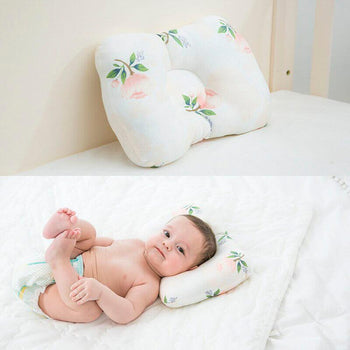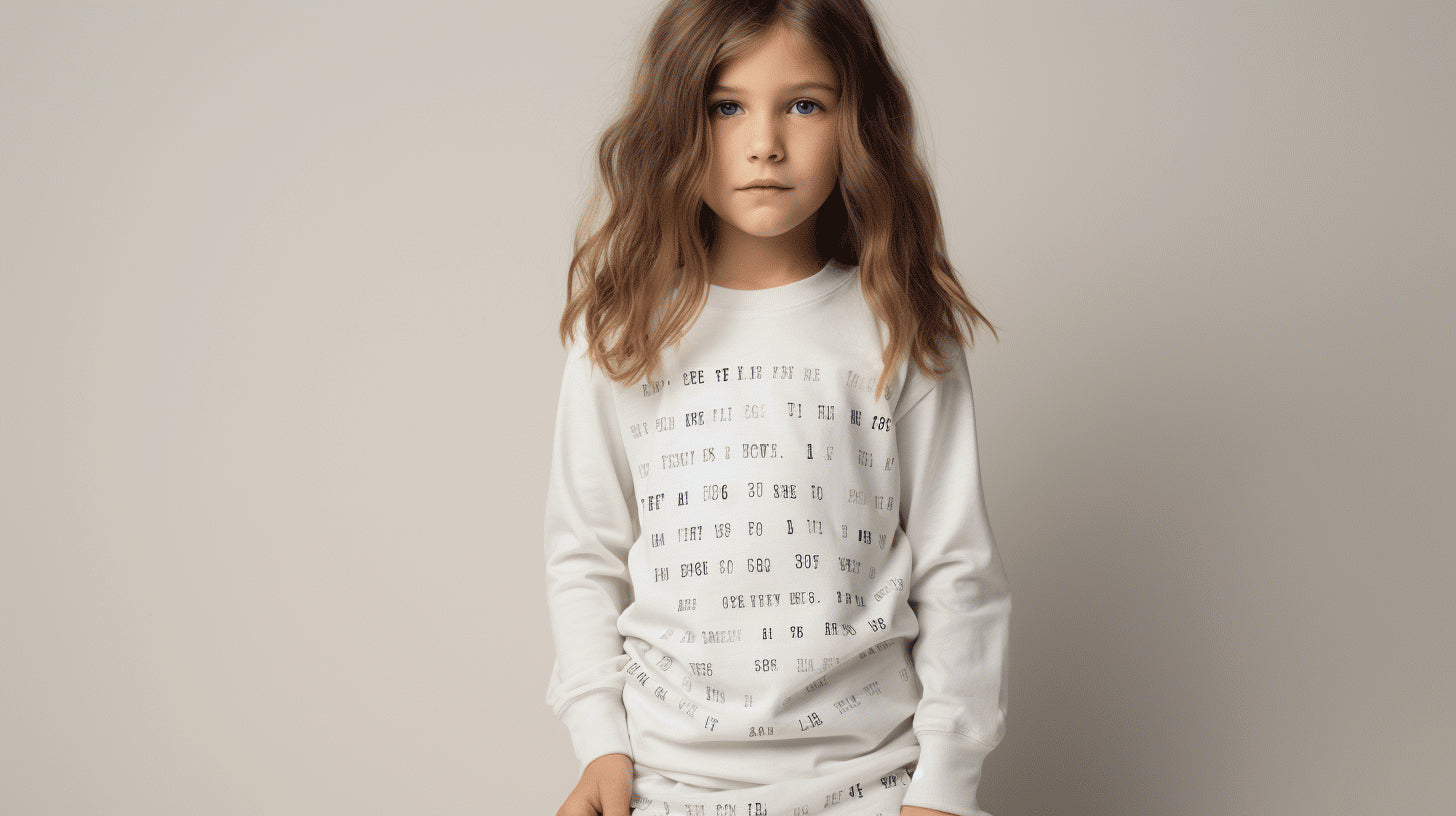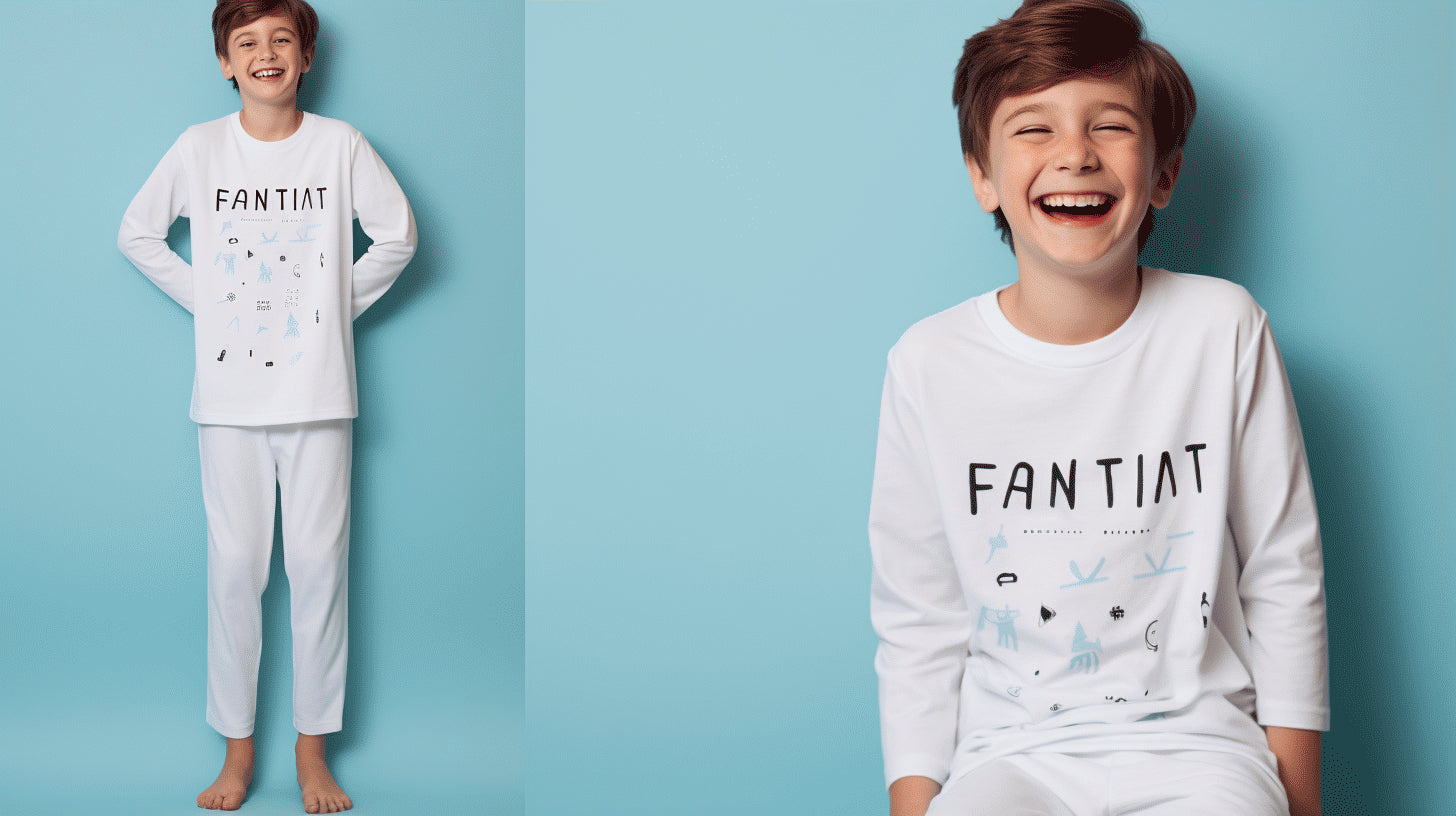Many issues can be rooted in sleep training , or helping to develop a healthy sleep structure and more independent sleep . One of the most important questions is which sleep training strategy is best for your baby.
While there are many variations within each method that you can adapt to your baby, this article covers the five most popular sleep training methods.
The common misconception about sleep training babies is that there's only one way to do it. But that couldn't be further from the truth! In fact, in the middle of the night or while taking short naps, many parents can work in different ways to help their baby develop healthier sleep habits and avoid waking up . Some strategies require crying, but others are very gentle and involve little or no tearing.
So what are some approaches you can take with your baby? To help you answer this question, I'm going to share with you a list of the most popular sleep learning methods and examples of how they work.
5 Common Sleep Training and Coaching Techniques
- The transition
- Lying up
- The spinning chair
- Controlled crying
- Lights out
1st sleep method: The transition method
The transition method is a very gentle method , with no tears or crying (or very little crying), which involves "passing the hand". With this method, you continue to help your baby fall asleep (by rocking him or feeding him, for example), but over time you do less and less "work" to put him to sleep, and your baby in fact more and more. Eventually, your baby falls asleep on her own. For example, if you normally rock your baby completely to sleep, you can reduce the rocking time each night until you rock only a few minutes as part of your bedtime routine.
This method requires a lot of patience from parents in some cases, but it's ideal for families who want to keep crying to a minimum.
Q: From what age can I use this method?
We recommend any age over 6-8 weeks . As it is a gentle method, you can try it with babies or toddlers of any age, and you can go as fast or as slow as you want for younger babies. That said, a mobile baby will be more difficult in some cases. However, it never hurts to try!
2nd Sleep Method: The Lying Up Method
The Stand-up method is another gentle method of sleep training. The Stand-up method works exactly as it says: when it's time to sleep, and your baby is fidgeting or crying in his crib or bassinet, you pick him up in your arms and comfort him until he sleeps. be quiet and sleepy. Then you put him back in his crib to fall asleep, repeating this cycle until your baby is finally asleep.
Picking it up and putting it down is another method that requires a lot of patience, depending on the baby, and doesn't work for all babies; some babies find being picked up and laid down often too stimulating, and they gradually become frustrated and upset instead of relaxing.
Q: From what age for the stand-up method?
We recommend any baby over 6-8 weeks old. As it is a gentle method, you can try it with a baby or toddler of any age. That said, a baby that gets heavy can hurt your back from picking it up again and again! For some temperaments, however, this method angers them and is more irritating and frustrating than comforting.
Sleep Method 3: The Spinning Chair Method
The spinning chair method involves more tears than the previous two; however, you are not leaving your baby unattended in the room at all.
Start by doing your bedtime routine by turning on your white noise machine or galaxy projector. Next, put a chair very close to the bed, or the crib. You will sit on the chair when your baby falls asleep.
The goal is not to help your child fall asleep, nor to help him calm down necessarily. You are generally not expected to pay any attention to your child. If you're in the chair, it's only to reassure him and tell him that you're there and that you haven't left him alone. Each night, you gradually move the chair away from him until you're right outside the door and don't need the chair at all.
As you can imagine, this method can be very difficult, depending on the temperament, and can take several days or weeks . It can be difficult to avoid getting close to your child and it is very difficult to "watch him cry". Also, it can be a bit confusing for the child (especially the younger ones) when you are not interacting. However, with time and persistence, it can be a good option for parents who don't want to leave their child to cry alone but have also been unsuccessful with other methods.
There are variations of this method where you tend to the baby at regular intervals, verbally and/or physically, and then return to your chair. As with many other things, finding what works best for you and your child is key.
Q: At what age do you recommend the chair method?
Our recommendation is longer than 3 to 6 months , depending on the severity of sleep disturbances. Since this is a gentler method, you can try it with babies or young children of any age. Of course, if your child is already in a bed they can get out of, this may not be the easiest method to use.
Sleep Method 4: The Controlled Crying Method
This method is considered a "crying" sleep training method. This technique involves allowing your baby to cry while monitoring him at regular intervals . The goal of this method is to reassure him from time to time by letting him know you're nearby and to make sure he's okay. When you go to see your baby, you are not "supposed" to hug him or talk to him too much, but you must simply reassure him using your voice and small caresses for 2 to 3 minutes, maximum (pay attention to the 'clock !).
With the controlled cry training method, the goal is not to help baby fall asleep. This is what he learns to do on his own! The idea is rather that he falls asleep on his own , in the same conditions he will be in when he wakes up at night. Knowing how to fall asleep unaided at bedtime will allow him to fall asleep again throughout the night. Over time, you gradually increase the time between your "checks".
Q: At what age can the controlled crying method be used?
Our recommendation is over 4-6 months and up to around 18 months , depending on the situation, but we encourage most families to try a gentler method first. For older children and preschoolers, we recommend one of our unique methods, especially used for toddlers.
Sleep Method 5: The Lights Out Method
The "Lights Out" sleep training method is quite drastic, and usually involves a lot of crying from your baby for the first couple of nights. Some parents say that crying is usually less frequent because sleep training is faster (for many people, but not all).
How this method works: you do your bedtime ritual, you put baby to bed while awake, then you leave the room without coming back for check-ups. If baby cries, you must not go to see him ; you let him "cry". If you let your baby cry for a while, but then come in to see and comfort him, be sure he will cry the next night too, because he will expect you to come and see him again and you give him a bad habit at the same time.
Q: What is the age requirement for the lights out method?
This method is to be used as a last resort. We recommend your baby is at least 6 months old, but preferably 10 months or older, when you estimate they can go through the night without being fed. If your baby has a stubborn temper, this is not for the sensitive. However, we find that laying foundations early with other, gentler strategies and techniques can reduce crying.
What is the right sleep training method?
There is no right or wrong way to learn sleep; it all depends on your baby and your parenting style. What works well for some babies may not work for others. So don't be surprised if the techniques your friends or family members recommend don't work the same way for your baby. The key is to choose a technique that you feel comfortable with and that you think will work well with your baby's temperament.
Whichever method you choose, remember that you need to stick with it for at least a week (preferably two) before you decide it's not working and give up. Some babies take a while to adjust to a new way of sleeping. And remember, no matter how you learn sleep, perseverance is key !
And you, tell us in the comments what method you used to put baby to sleep?
Do you want your baby to sleep through the night?
In this free guide , you'll discover 5 things you absolutely need to know.
With a unique approach and practical tools for success, this guide will help you and your baby sleep better through the night.


